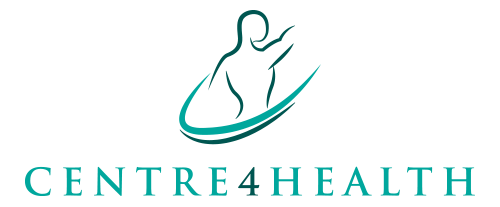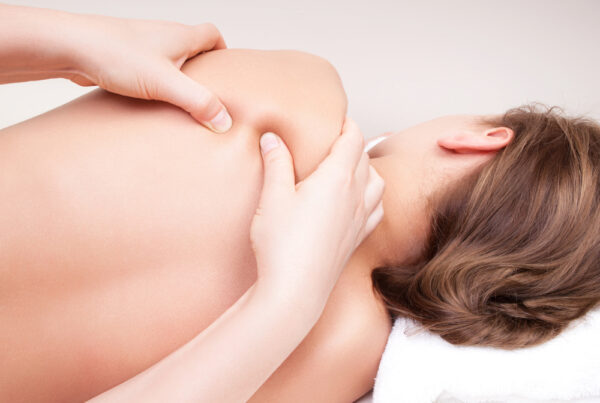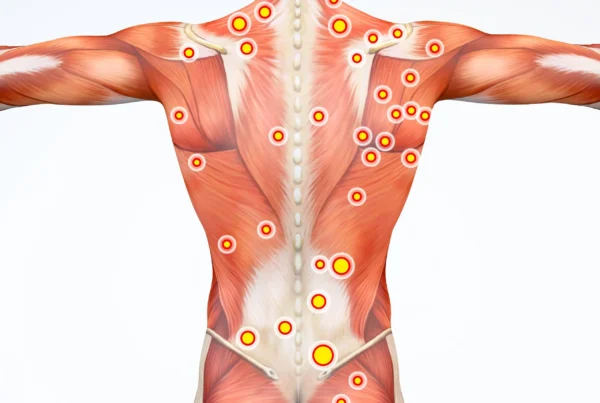Tennis elbow, or lateral epicondylitis, is a painful condition of the elbow caused by overuse. Not surprisingly, playing tennis or other racquet sports can cause this condition. However, several other sports and activities can also put you at risk.
Tennis elbow involves the degeneration (wearing down) or, in some cases, microtearing of the tendons that join the forearm muscles on the outside of the elbow. The forearm muscles and tendons become damaged from overuse — repeating the same motions again and again, which leads to pain and tenderness on the outside of the elbow.
Anatomy
The elbow joint is a joint made up of three bones:
- The humerus (upper arm bone)
- The radius and ulna (the two bones in the forearm)
There are bony prominences (bumps) at the sides of your elbow and bottom of the humerus called epicondyles, where several muscles of the forearm begin their course. The bony prominence on the outside (lateral side) of the elbow is called the lateral epicondyle.
Cause
Overuse
Tennis elbow is often due to damage to a specific forearm muscle (ECRB). The ECRB muscle helps stabilize the wrist when the elbow is straight. This occurs during a tennis groundstroke, for example. When the ECRB muscle is weakened from overuse, microscopic tears form in the ECRB tendon where it attaches to the lateral epicondyle. This leads to pain directly over the outside (lateral) part of the elbow.
The ECRB may also be at increased risk for damage because of its position. As the elbow bends and straightens, the muscle rubs against bony prominences (bumps), which can cause gradual wear and tear of the muscle over time.
Activities
Athletes are not the only people who get tennis elbow. Many people with tennis elbow participate in work or recreational activities that require repetitive and vigorous use of the forearm muscle or repetitive extension of the wrist and hand.
Painters, plumbers, and carpenters are particularly prone to developing tennis elbow. Studies have shown that auto workers, cooks, and even butchers get tennis elbow more often than the rest of the population. It is thought that the repetition and weightlifting required in these occupations leads to injury.
Age
Most people who get tennis elbow are between the ages of 30 and 50, although anyone can get tennis elbow if they have the risk factors. In racquet sports like tennis, improper stroke technique and improper equipment may be risk factors.
Unknown
Lateral epicondylitis can occur without any recognized repetitive injury. This occurrence is called idiopathic, or of an unknown cause.
Symptoms
The symptoms of tennis elbow develop gradually. In most cases, the pain begins as mild and slowly worsens over weeks and months. There is usually no specific injury associated with the start of symptoms.
Common signs and symptoms of tennis elbow include:
- Pain or burning on the outer part of your elbow
- Weak grip strength
- Sometimes, pain at night
The symptoms are often worsened with forearm activity, such as holding a racquet, turning a wrench, or shaking hands. Your dominant arm is most often affected; however, both arms can be affected.
How Remedial Massage Can Help
Remedial Massage can help relieve the symptoms of epicondylitis by releasing the build-up of tension in the ECRB (discussed earlier) and the surrounding muscle tissue. This means there will be less pull on the tendons which connects the forearm muscles to the outside of the elbow (epicondyle).






